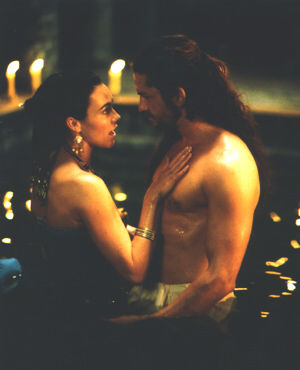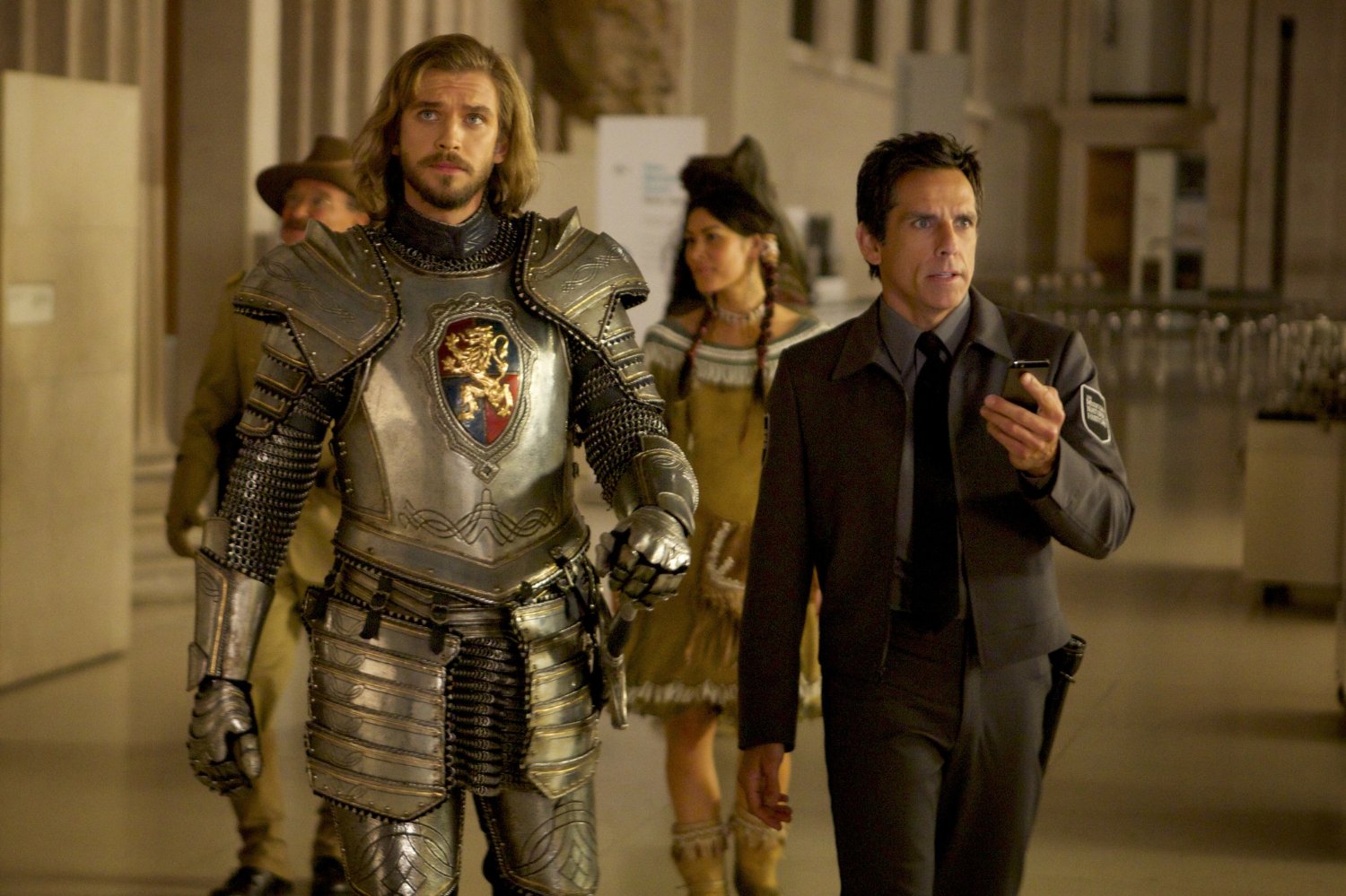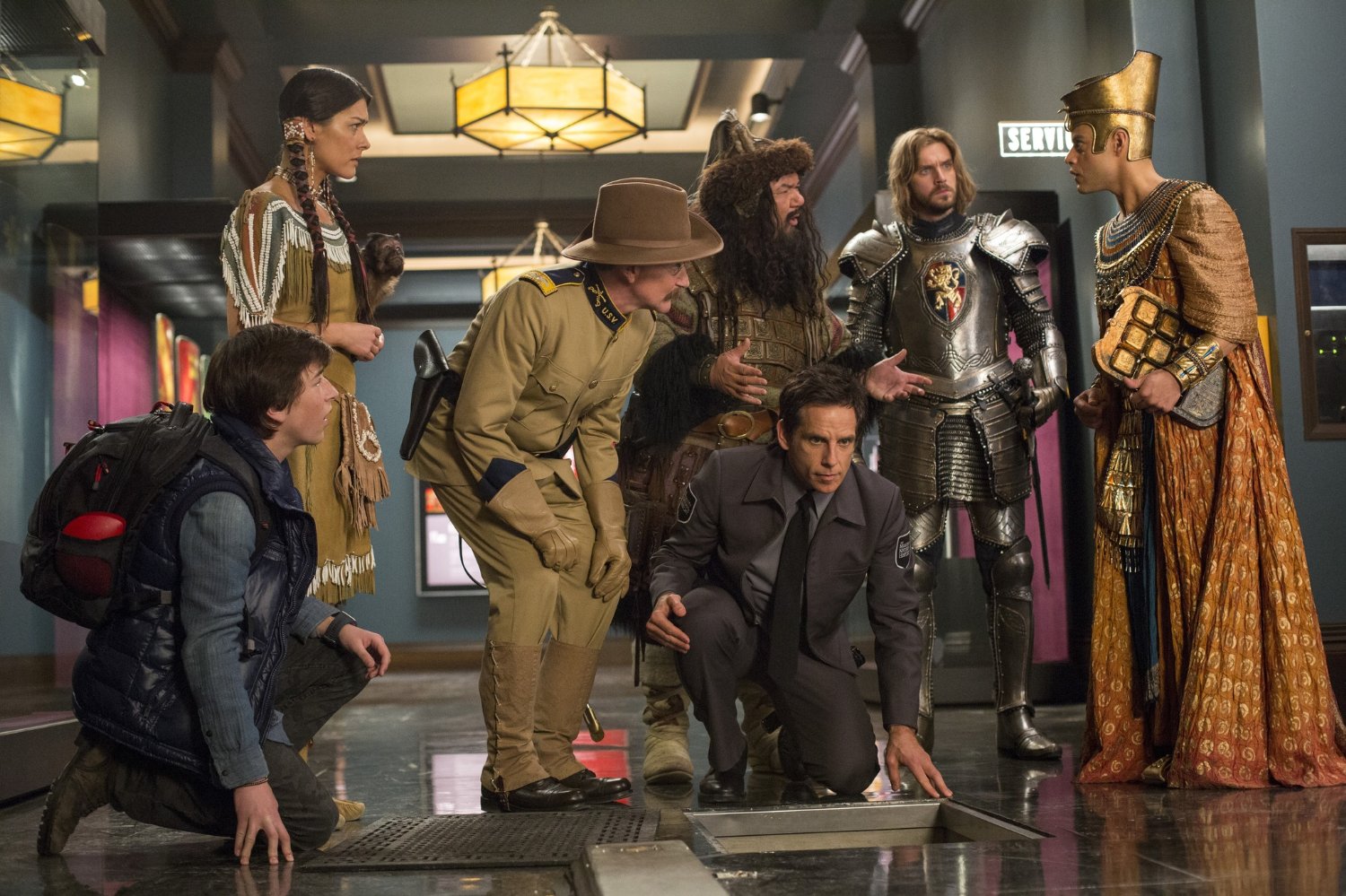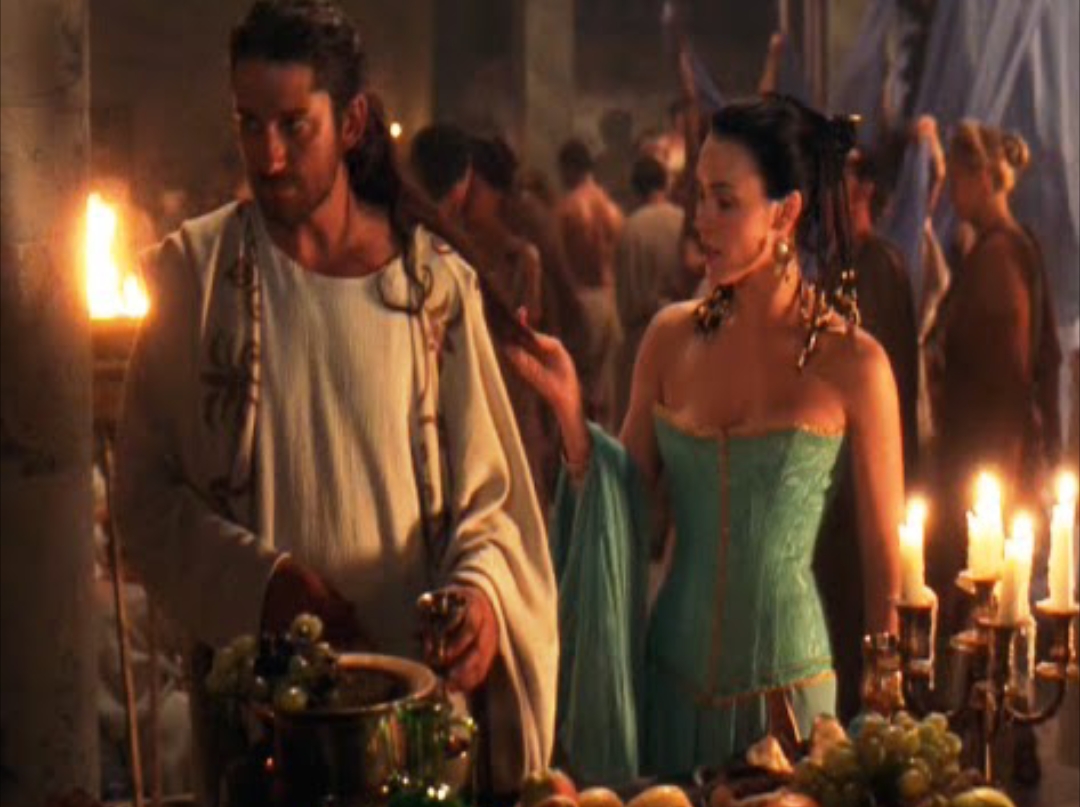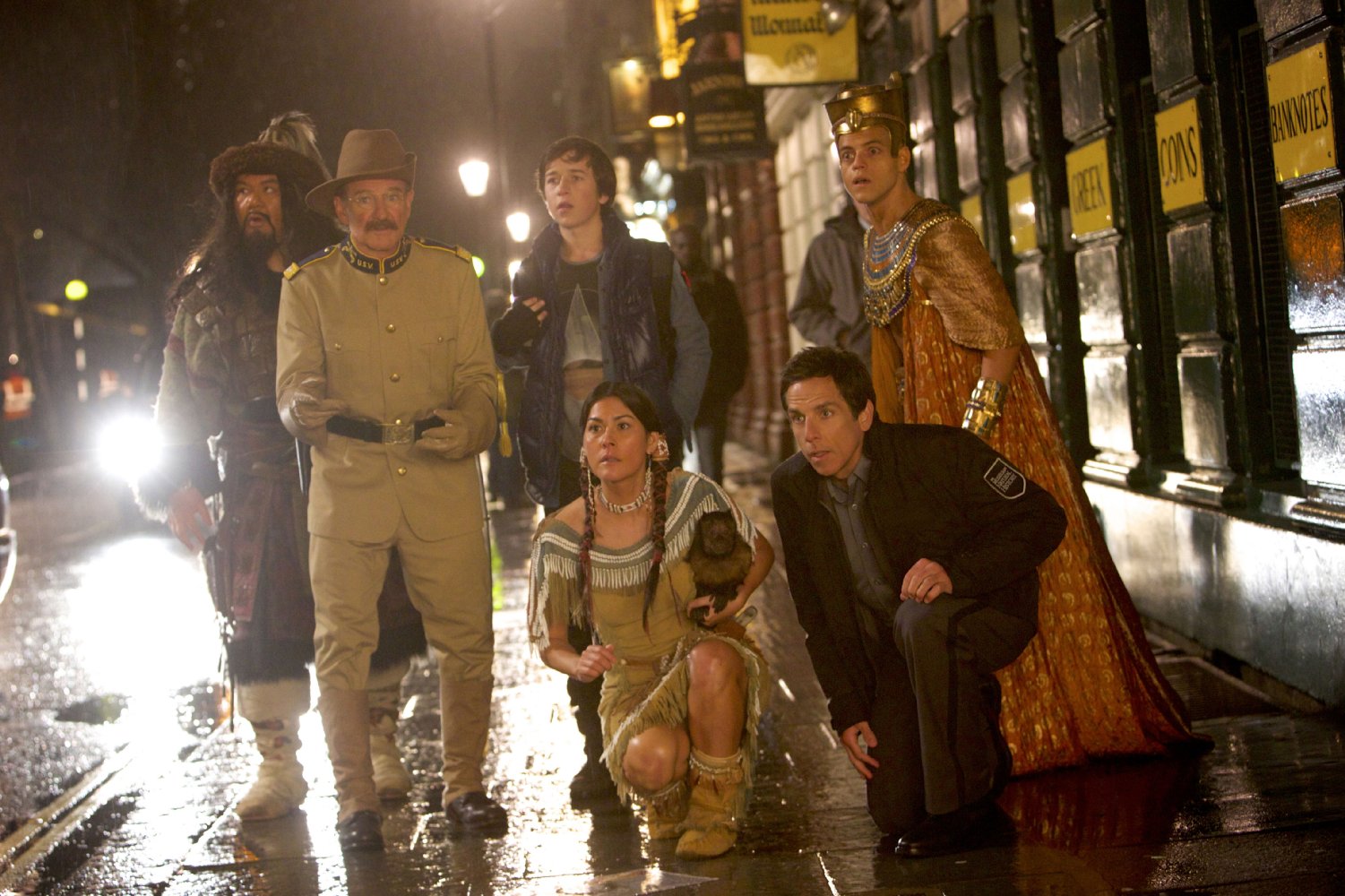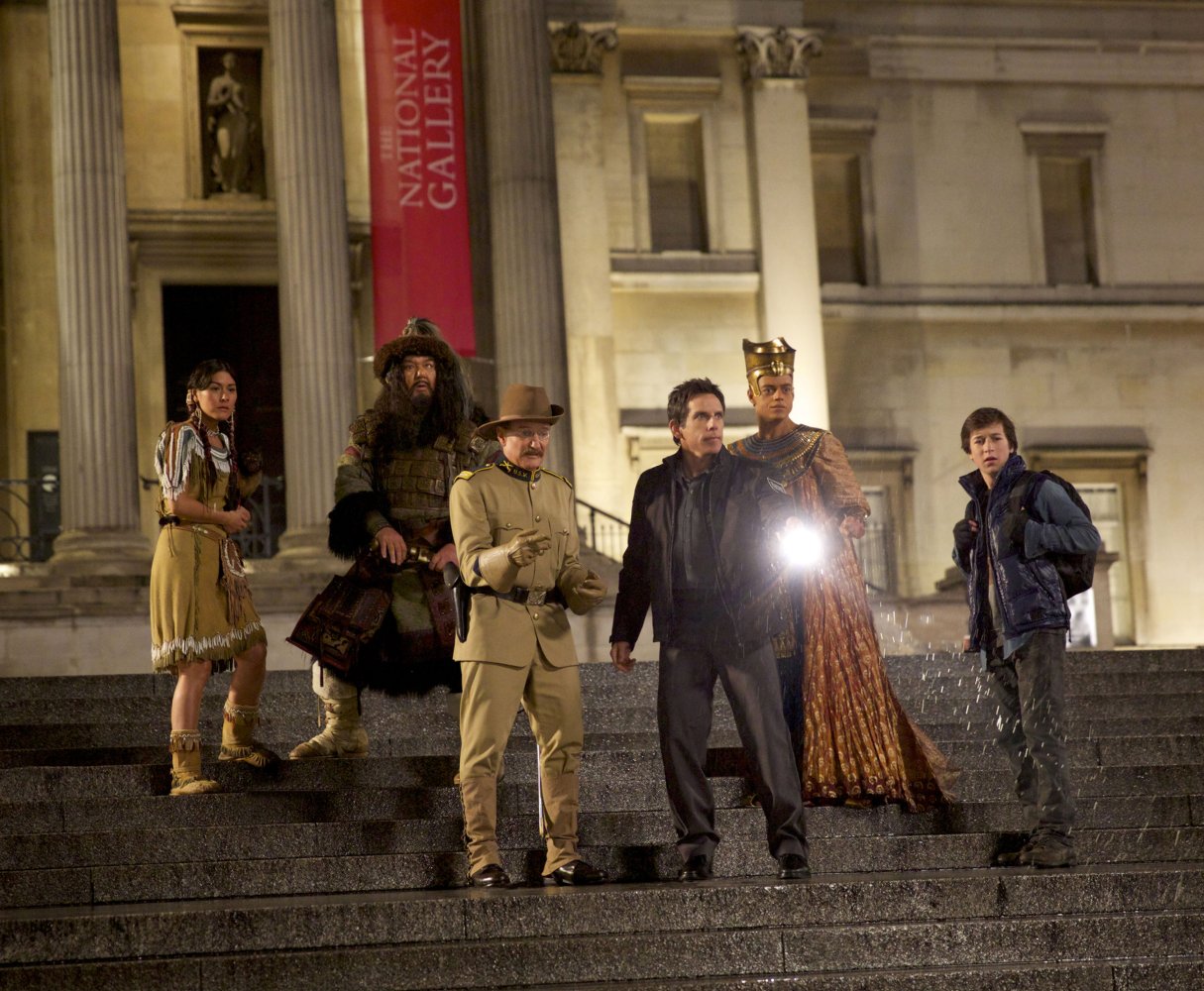Attila (AD 406 - 453) was the Emperor of the Hunnic Empire, which included virtually all of central and eastern Europe during his life-time, but fell apart after his death.The Huns (a steppe-nomadic people, probably speaking a Turkic language, and possibly originating from the Xiongnu people north of China) first arrived in eastern Europe in the mi...
Show more »
Attila (AD 406 - 453) was the Emperor of the Hunnic Empire, which included virtually all of central and eastern Europe during his life-time, but fell apart after his death.The Huns (a steppe-nomadic people, probably speaking a Turkic language, and possibly originating from the Xiongnu people north of China) first arrived in eastern Europe in the mid to late 4th century AD. There was a network of seperate Hunnic tribes, but they were united under a common leadership, which was briefly in the hands of a leader named Rugila (or Rua or Ruga ) in the early 5th century. Under Rugila's leadership, the Huns invaded into Roman territory, and even extracted some tribute from the emperors.In AD 432, Rugila died, and was succeeded momentarily by his brother Mundzuk but rumors circulated that Mundzuk had had Rugila killed, and he was quickly expelled. The throne then went jointly to Mundzuk's sons (Rugila's nephews), Attila and Bleda. Attila and Bleda conducted military campaigns against the eastern Roman empire which were largely successful, and continued to strengthen the Huns and bring in more wealth.Bleda died in about AD 445, according to the classical sources in a hunting accident at the hands of his brother Attila, who then became sole ruler of the Huns. Attila continued to raid deep into eastern Roman territory, sacking many cities in Thrace, and getting as far as the walls of Constantinople before being turned back by the eastern Roman emperor (only partially military, but more through diplomacy).In 450, Attila declared his intention to turn west and attack the Visigothic kingdom (which at the time controlled much of Spain and southern Gaul (France), previously holdings of the western Roman empire). One reason cited for this is that Honoria (sister of the western emperor Valentinian III), having been forced to accept a marriage proposal to a Roman senator, appealed to Attila for help in escaping from the betrothal. She sent Attila a letter asking for his help, and enclosed a ring. Whatever her intention may have been, Attila took it to mean a promise of marriage, and claimed half of the western Roman empire as the dowry. This, along with other equally convoluted political alignments led to open conflict between the western Romans and Hunnic empire.As Attila's army advanced westward, the Roman general Flavius Aetius convinced the Visigoths to ally with the Romans, and face the Huns at the Battle of Chalons in 451. The result was something of a Pyrrhic victory for the Romans, the death of king Theodoric I of the Visigoths, and the Huns were forced to retreat.The following year (AD 542), Attila returned to reassert his marriage claim to Honoria. He invaded Italy as far as the River Po, where he was met by Pope Leo I. It is traditionally held that Leo, through sheer rightousness, turned back the Huns, without force of arms or bribery. However, this depiction is, for obvious reasons, somewhat suspect. It is probable that Leo did in fact pay the Huns to cease their advance, and it is also likely that the Huns were suffering from disease and starvation, making them eager to accept the payment and leave.Upon returning to his own lands, Attila took yet another wife (in AD 453), and after the ceremony, drank quite heavily (as he had spent most of life doing), and died in the night of a ruptured blood vessel. The following morning, when his men found him dead in his bed, bleeding from the nose, they killed the bride (in case it had been poisoning), and buried Attila's body in secret.In the wake of Attila's death, the Hunnic empire disintigrated, unable to sustain itself without a powerful and charismatic leader.
Show less «

